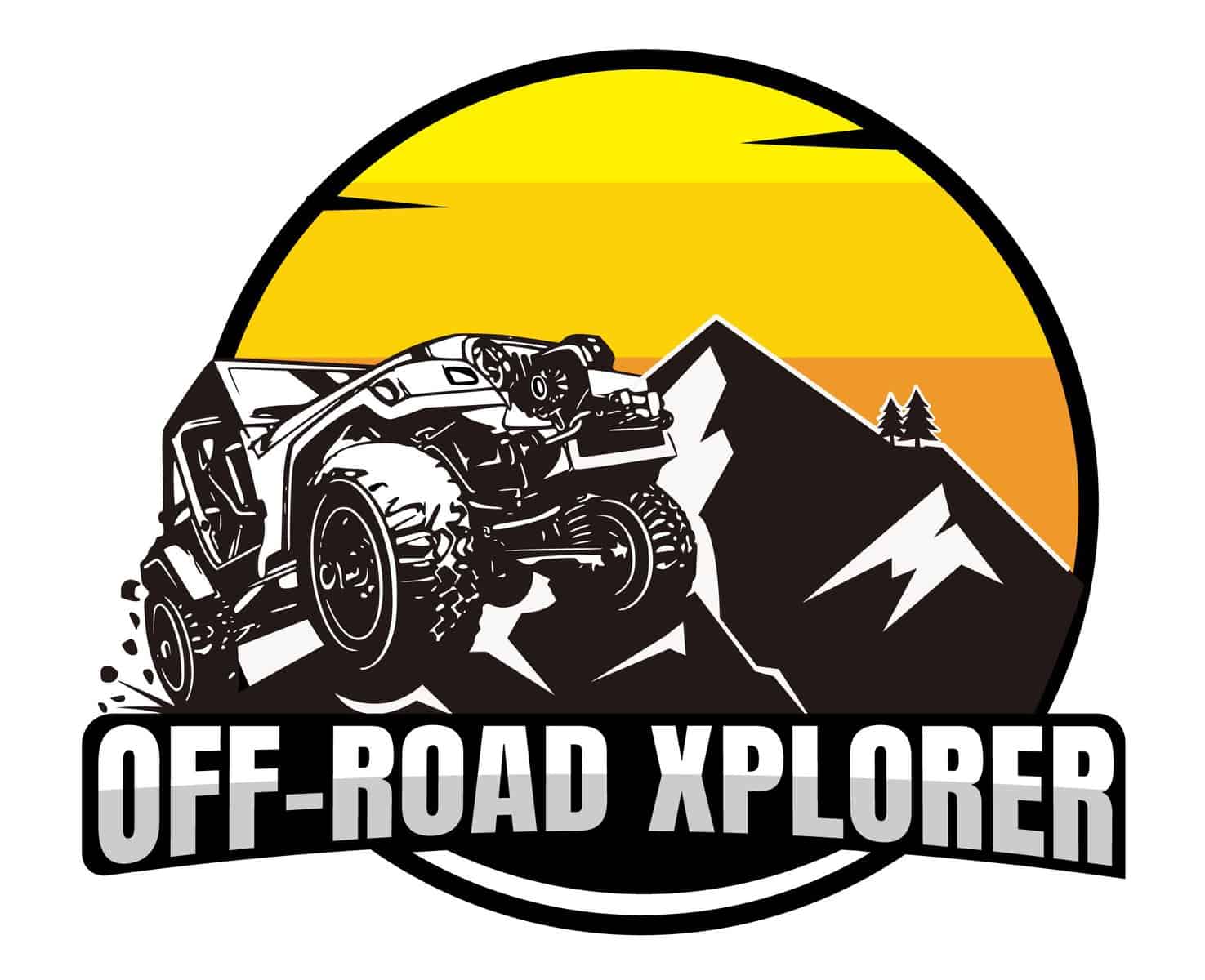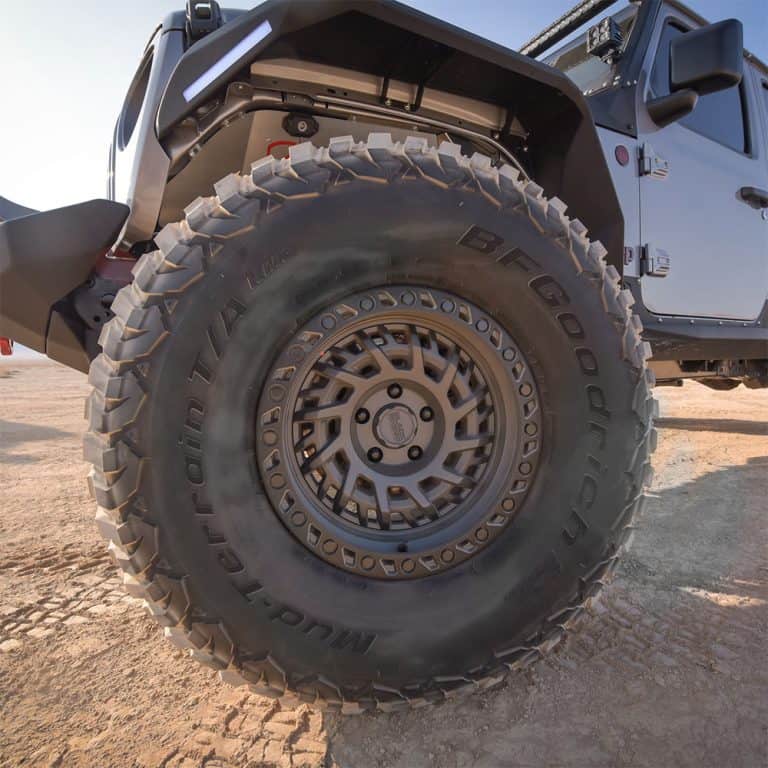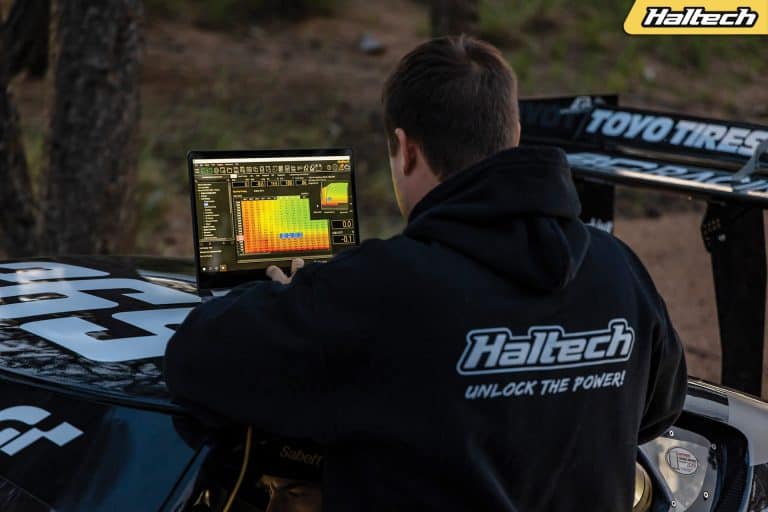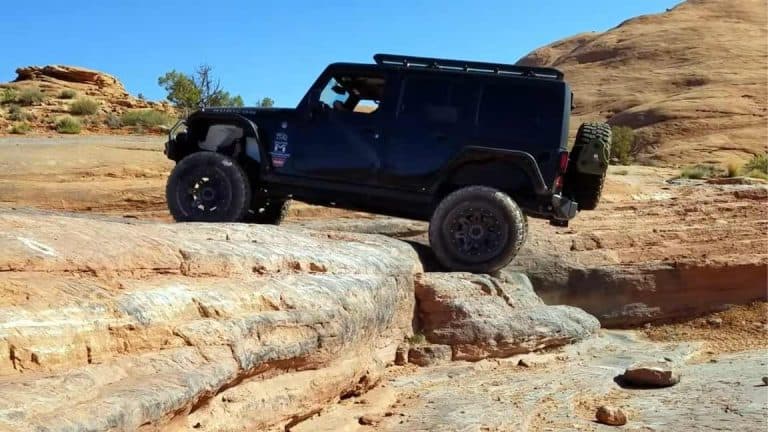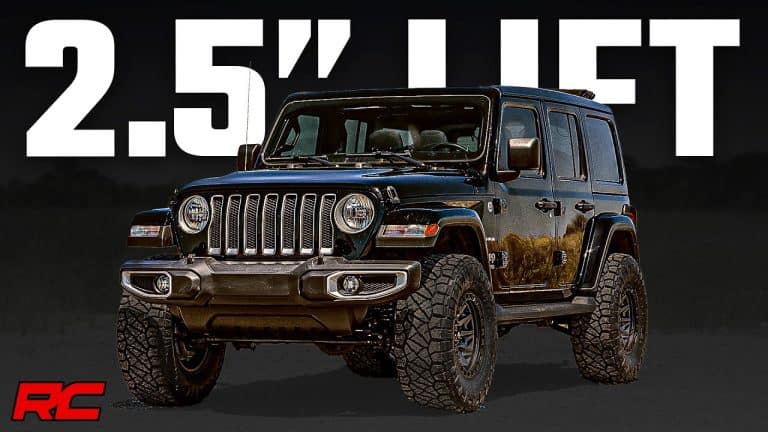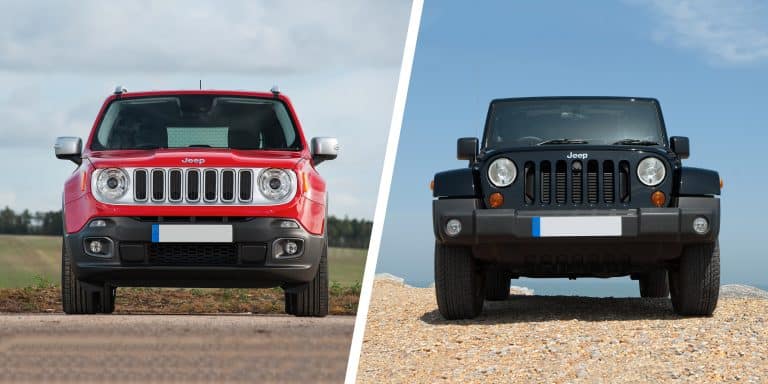How Fast Can You Drive a Jeep Wrangler 4 High? Speed Recommendation.
In a Jeep Wrangler using 4 High (4H), it’s safe to drive at highway speeds up to 55 mph. Exceeding this can lead to drivetrain damage or loss of control.
Embarking on an off-road adventure or tackling inclement weather in your Jeep Wrangler often entails using the 4-wheel drive system. Understanding the capabilities and limitations of your 4H setting is crucial to maintaining vehicle integrity and ensuring a safe journey.
The 4H option allows your Wrangler to handle rougher terrain and slippery conditions while still being suitable for higher speeds compared to its 4 Low (4L) counterpart. Vehicle control and stability at moderate speeds are enhanced without sacrificing the quick response needed for sudden maneuvers. Whether scaling rocky paths or cruising on a wet highway, knowing how to utilize the 4 High setting optimally can make all the difference in your Wrangler’s performance. Always remember, your safety and maintenance of the vehicle should dictate how you use this powerful feature.
Jeep Wrangler 4 High Speed Limits
The Jeep Wrangler’s 4 High mode is designed for higher speed off-road or slippery conditions, such as wet or icy roads, where extra traction is essential. Engaging 4 High enables power distribution to both front and rear axles, enhancing stability and control.
Vehicle dynamics are significantly affected when the 4 High mode is activated on a Jeep Wrangler. This drive setting alters the power distribution and can influence handling characteristics. Consequently, cornering and braking must be approached with a heightened sense of caution to maintain safety and performance integrity.
Advisably, maintaining an appropriate speed that allows for ample reaction time and control is vital in 4 High mode. The suggested safe speed while driving in 4 High should generally not exceed 55 mph. This speed allows drivers to harness the mode’s benefits while minimizing risks, ensuring a balance between efficiency and safety.
Driving In 4 High: Navigating The Myths
4 High mode on a Jeep Wrangler has spawned several myths regarding its impact on vehicle speed. Contrary to popular belief, engaging 4WD does not inherently limit your Wrangler to low speeds. The transmission setting is meant for increased traction rather than speed restriction. Still, drivers should exercise caution and adjust speeds based on road conditions and the vehicle’s handling capabilities.
Understanding the operation of 4 High is essential for optimal performance. While it’s true this mode enhances grip, particularly on slick or loose surfaces, it is not designed for high-speed highway use. As traction improves, so does the ability to maneuver at moderate speeds; nevertheless, pushing your vehicle too fast in 4WD could lead to increased wear or loss of control.
| Condition | Safe Operating Speed |
|---|---|
| Dry Pavement | Moderate – as traction allows |
| Snow/Ice | Reduced – depending on road coverage |
| Mud | Varies – traction dependent |
| Sand | Lower – to prevent sinking |
Regardless, always prioritize safety and remember that safe speeds are contingent on multiple factors, including but not limited to tire quality, visibility, and vehicle load. Driving your Jeep Wrangler in 4WD shouldn’t be about speed; it should be about reaching your destination safely, irrespective of the challenging terrain.
Optimizing Safety And Performance In 4 High
Driving a Jeep Wrangler in 4 High mode requires strict attentiveness to road conditions. Versatile terrains demand a dynamic driving style, with an emphasis on safety and vehicle integrity. Road surfaces with low traction, such as gravel or wet pavement, necessitate a reduced speed to maintain control. Slick or icy conditions warrant even more caution, often below posted speed limits to prevent loss of traction.
Jeep owners should also be vigilant for symptoms of vehicular strain, which could include unusual noises, decreased steering responsiveness, or unexpected vibrations. These may indicate that the vehicle is being pushed beyond its capabilities, potentially risking damage.
| Jeep Component | Potential Wear |
|---|---|
| Tires | Uneven wear, reduced tread life |
| Transmission | Strain leading to overheating |
| Drivetrain | Increase in wear, leading to possible failure |
Therefore, adhering to manufacturer recommendations and practicing situational awareness ensures better performance and longevity of the Jeep Wrangler’s components when driving in 4 High mode.
Practical Insights For The Jeep Wrangler Enthusiast
Experience optimal performance in your Jeep Wrangler by understanding the capabilities of 4H (four-wheel drive high range). This mode enables a balance between speed and traction that is perfect for high-traction surfaces where you still need the extra stability, like wet roads or gravel. Maintain a moderate speed, as excessive velocity can lead to increased wear on your vehicle’s drivetrain. It’s important to remember that driving responsibly and respecting speed limits is just as important off-road as it is on.
Abiding by legal speed regulations is not only a matter of lawfulness but also a matter of safety. Bear in mind that speed limits can vary depending on the terrain, and guidelines are put in place to ensure your safety and the protection of the environment. Adjust your speed accordingly when transitioning from paved roads to more challenging terrains in your Jeep Wrangler’s 4 High mode.
| Terrain Type | Recommended Speed in 4 High |
|---|---|
| Dry Paved Roads | 55-65 mph (where legally allowed) |
| Wet or Gravel Roads | 45-55 mph (adjust for conditions) |
| Off-road Trails | 25-35 mph (based on obstacles) |
The Impact Of Tires And Terrain
Understanding the relationship between tire types and speed is crucial when driving a Jeep Wrangler in 4 High. All-terrain tires are generally a suitable choice, offering a balanced performance on various surfaces. On the other hand, mud-terrain tires may limit speed due to their aggressive tread patterns designed for grip, not speed. Highway-terrain tires typically allow for higher speeds with their smoother tread patterns and reduced rolling resistance.
Terrain variability significantly influences safe driving speeds. Navigating through rocky or uneven surfaces necessitates a reduction in speed to maintain control and prevent vehicle damage. Conversely, on well-maintained dirt roads or flat surfaces, a Jeep Wrangler can safely travel at higher speeds, provided that conditions are optimal and the vehicle is properly equipped.
| Tire Type | Speed Impact |
|---|---|
| All-Terrain | Good balance for various surfaces |
| Mud-Terrain | Limits speed, focuses on grip |
| Highway-Terrain | Higher speed, smoother tread |
With upgrades and modifications, Jeep Wrangler owners can enhance their vehicle’s speed capabilities in 4 High mode. Lift kits, performance shocks, and engine tunings are popular modifications that can improve off-road performance and potentially increase safe speed thresholds, always considering tire and terrain factors.
Checking Your Jeep’s Health
Prior to pushing your Jeep Wrangler to high speeds in 4 High mode, it is imperative to perform some routine checks. These checks help ensure a smooth and safe driving experience. Confirm that the tire pressure is at the optimal level and inspect the tread wear on all tires. It’s also essential to check the engine oil, coolant levels, and ensure the brake system is functioning correctly. A quick assessment of the steering and suspension systems can prevent any unforeseen issues while driving at higher speeds.
Proper understanding of your vehicle’s 4×4 drive system is crucial for efficient operation. One should shift out of 4 High when the Jeep is no longer traversing rough terrain or challenging conditions that require enhanced traction. Driving on dry, solid pavement in 4 High for extended periods can cause unnecessary wear on your vehicle and should be avoided to maintain vehicle longevity.
Maintenance plays a vital role in the safe operation of your Jeep Wrangler at high speeds. Adherence to a regular maintenance schedule is crucial: this includes timely oil changes, brake inspections, and tire rotations. Safe operation of the vehicle in any mode, especially 4 High, is directly linked to the vehicle’s overall health.
Adapting To Weather Conditions In 4 High
Navigating through winter conditions on your Jeep Wrangler in 4 High demands a cautious balance between maintaining adequate traction and controlling your speed. Snow-covered roads can be treacherous, and ensuring that your vehicle has grip is paramount, which might mean reducing your speed to avoid sliding and maintain control.
On wet roads, the handling of a Jeep Wrangler can be significantly impacted. The 4 High setting is beneficial as it provides better handling and stability, but drivers must remember that wet surfaces can reduce tire friction, thus requiring lower speeds to prevent hydroplaning.
Conversely, driving through desert terrain often involves loose sand or gravel, challenging the driver to find a balance between speed and the vehicle’s stability. While the 4 High mode helps enhance stability, maintaining a moderate speed is crucial for maneuvering through such unpredictable surfaces without compromising on safety or control.
Enhancing Your Jeep Wrangler For High-speed Adventures
Enhancing your Jeep Wrangler for high-speed adventures requires careful consideration of aftermarket add-ons designed to boost speed and performance. Upgrading your Wrangler with performance air intakes, high-flow exhaust systems, and force induction systems can significantly improve engine efficiency and power output. By investing in these modifications, enthusiasts can extract more horsepower, ensuring their Wrangler is primed for speed on diverse terrains.
To optimize a Jeep Wrangler’s capabilities in 4 High mode, modifications to the suspension and gear ratio are crucial. A lift kit that enhances ground clearance can also accommodate larger tires, contributing to a more commanding road grip and stability at higher speeds. Tweaking the gear ratio enables better torque delivery, which is essential when craving that extra punch during off-road sprints.
Driving techniques also play a pivotal role in managing a Jeep Wrangler’s speed. Smooth acceleration, maintaining a steady throttle on straightaways, and mastering the art of strategic braking contribute to a superior high-speed driving experience. By combining these driving tactics with the aforementioned performance upgrades, Jeep Wrangler owners can push their vehicles to impressive speeds, all while ensuring safety and control are not compromised.
Legislative Framework Affecting Your Ride
Understanding the legislative framework for speed while driving a 4 High Jeep Wrangler is essential for both safety and legal compliance. Every state has its own specific regulations governing the use of four-wheel drives (4WD) and the allowable speeds on different roads. It’s imperative to familiarize yourself with these laws to avoid penalties and ensure your driving practices are in line with local requirements.
Off-road speed limits often differ significantly from on-road speeds, influenced by factors such as terrain, visibility, and the presence of other riders or wildlife. Abiding by these limits is not only a legal obligation but also a best practice to avoid accidents and vehicle damage. Achieving balance between enjoying your Jeep and keeping within legal boundaries can enhance your off-road experiences, offering peace of mind as well as preserving the integrity of the environment you are exploring.
To ensure you’re compliant with state laws while operating your Jeep Wrangler in 4 High mode, heed all posted signs and stay informed of any changes in legislation. Proactive steps like this can protect you against inadvertent law violations and the resulting fines or legal troubles.

Credit: www.dbusiness.com
Responsible Jeep Wrangler High-speed Driving
Driving a Jeep Wrangler in 4-High mode allows for increased traction and stability at higher speeds, yet it’s crucial to maintain a balance between the thrill of off-roading and safety precautions. Ensuring that your speed is appropriate for the current road conditions and visibility levels is imperative to avoid accidents and rollovers. Regularly check your vehicle’s tire pressure and alignment, as well as the functionality of safety features, before pushing the limits on speed.
Drivers must also acknowledge the presence of fellow off-roaders and pedestrians, always giving them the right of way and maintaining a safe distance to prevent mishaps. The thrill of driving fast should never compromise the safety of others.
Being mindful of the environment is similarly significant while driving a Jeep Wrangler at high speeds. Avoid sensitive habitats and adhere to established trails to preserve natural landscapes and prevent ecosystem damage.
Frequently Asked Questions On How Fast Can You Drive In 4 High Jeep Wrangler
What Is 4 High In A Jeep Wrangler?
4 High (4H) in a Jeep Wrangler engages four-wheel drive at high speeds, suitable for slippery but solid surfaces like wet road or gravel.
Maximum Safe Speed In 4 High Mode?
The maximum safe speed in 4 High for a Jeep Wrangler is typically around 55 mph but consult your owner’s manual for specific model recommendations.
Can You Switch To 4 High While Driving?
Yes, you can shift to 4 High in a Jeep Wrangler at lower speeds, usually under 55 mph, without needing to stop the vehicle.
Risks Of Driving Fast In 4 High?
Driving too fast in 4 High can lead to loss of traction, increased wear on components, and possible drivetrain damage.
Does Weather Affect 4 High Driving Speeds?
Adverse weather conditions, such as rain or snow, may require lower speeds in 4 High to maintain control and ensure safety.
Conclusion
Understanding the limits of your Jeep Wrangler in 4 High is vital for safety and vehicle longevity. Driving at recommended speeds ensures control and durability. Remember, terrain and weather influence optimal driving speeds. Always prioritize safety over speed, and enjoy the ride with confidence.
Keep adventuring responsibly in your Wrangler!
